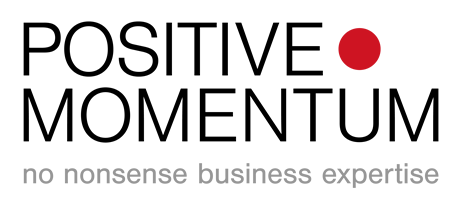CC BY 3.0
So in the UK we find ourselves right back where we started with our Members of Parliament back in their debating chamber and behaving worse than ever. Whilst one could argue that democracy has had a win getting them back to parliament, the notion that this style of febrile, hostile and frankly embarrassing interaction can get us to workable conclusion on Brexit (or indeed any of the other massive issues that need urgent attention) seems somewhere beyond delusional to me.
Whilst the style of weirdly polite insults (“my honourable friend”?! Don’t make laugh) is thankfully rare in a corporate context, the procrastination, antagonism and inability to come to cohesive decisions is perhaps a little more common. Circular debates, delaying tactics (“let’s set up a working group” – argh!) and passive aggressive reactions to initiatives from adversaries unfortunately abound and cause untold inertia and lost opportunity.
Having been both an observer to and an active part of thousands of leadership gatherings all over the world, the following three D’s seem to distinguish the effective from the downright frustrating.
Discuss.
Most leaders understand intellectually that to listen is more important than to speak, however it seems that to know is not always to do. A discussion is the exchange of intelligence, experience and ideas. Leaders in leadership meetings are too often simply waiting to speak, pretending to listen or worse actively disengaged. If you are a leader in a leadership meeting and what a peer is saying is not interesting enough to you for you to want to ask a question of them then either you shouldn’t be there or you should be challenging the relevance of the discussion. Tolerating non-value creating discussion is nearly as bad as not engaging in value creating discussion. If you’re the leader of a leadership team, are you certain you are ensuring proper, fulsome and informative discussion so that your team expands their awareness of key issues as opposed to speed reading a briefing email on their smartphone 10 seconds before the meeting?
Debate.
Just like a machine, leadership teams need friction to create the vital heat of innovation. However, too much friction and the machine jams, too little and it slips. I rarely observe too much friction (at least not at the spoken level) and far more often too little. Decisions in business life are rarely right or wrong and therefore intelligent, constructive but vigorous leadership debate is essential to success in todays unpredictable world. Leaders who disagree but say nothing are almost worse than those who bang on and on repeating a sometimes ill informed point of view. If you’re the leader of a leadership team, are you certain you are igniting progressive debate amongst your team members and giving the crucial time and direction to this activity? Moreover are you making sure that the volume gets turned down a little on some and turned up a lot on others?
Decide.
One of the biggest reasons that leadership teams fail to reach workable conclusions is that they don’t invest enough time in well-facilitated discussion and debate (see above). Leaders who are in a hurry and already feel totally informed foolishly out compete those who are not in that place yet and as a result push for an outcome that is grudgingly agreed to in the room but is exceptionally unlikely to be widely implemented. I’ve been told many times that “we don’t have time to debate this any longer” only to discover months later the issue hasn’t moved on at all. That said, an even greater problem are stubborn team members who will fight far beyond the realms of productive debate to prove their point (see UK Parliament). As the leader of a leadership team you have only one workable option when this happens: pause proceedings and take the offender(s) out of the group context (where they may have unintentionally cornered themselves) where the temperature and pressure can be reduced and a way forward discovered.











